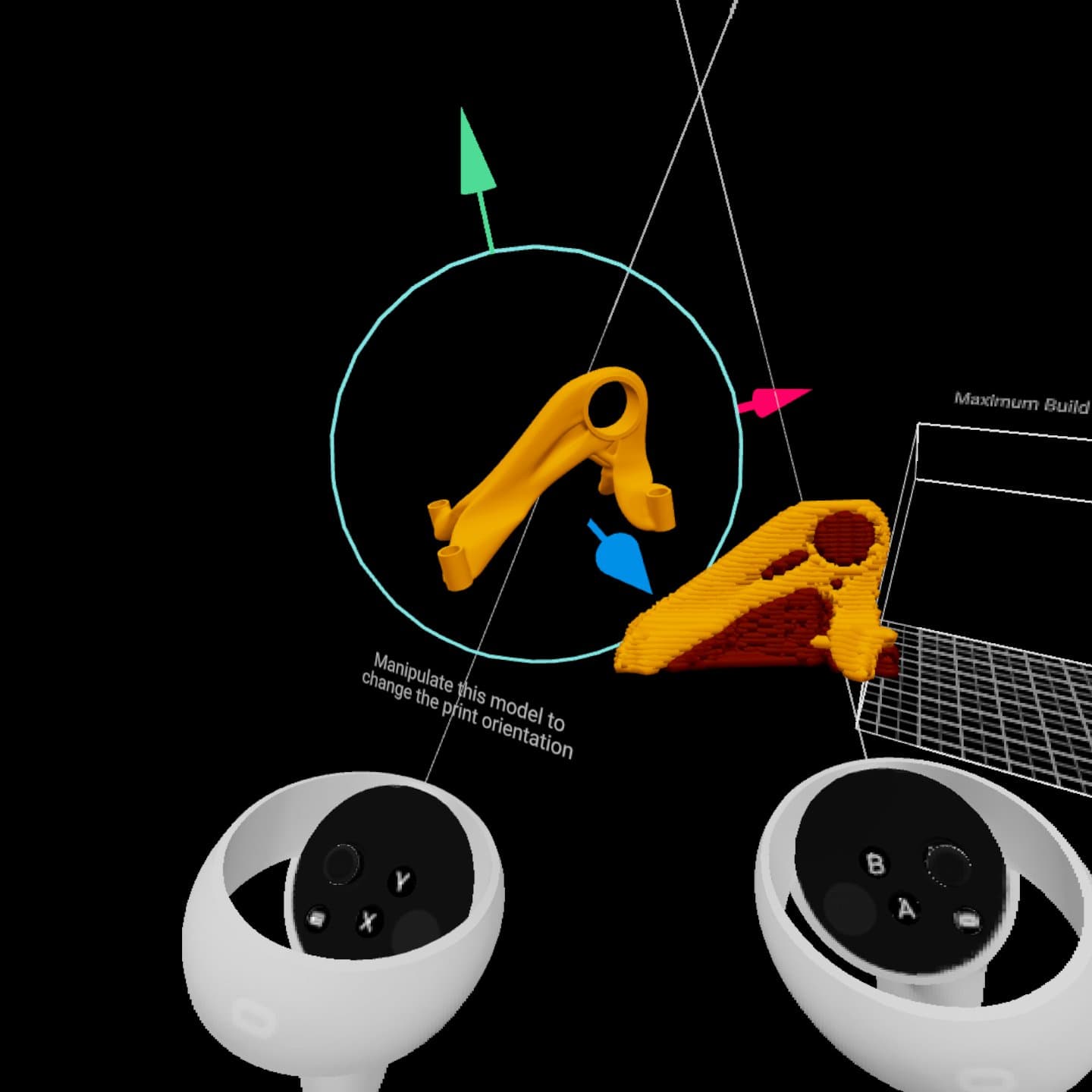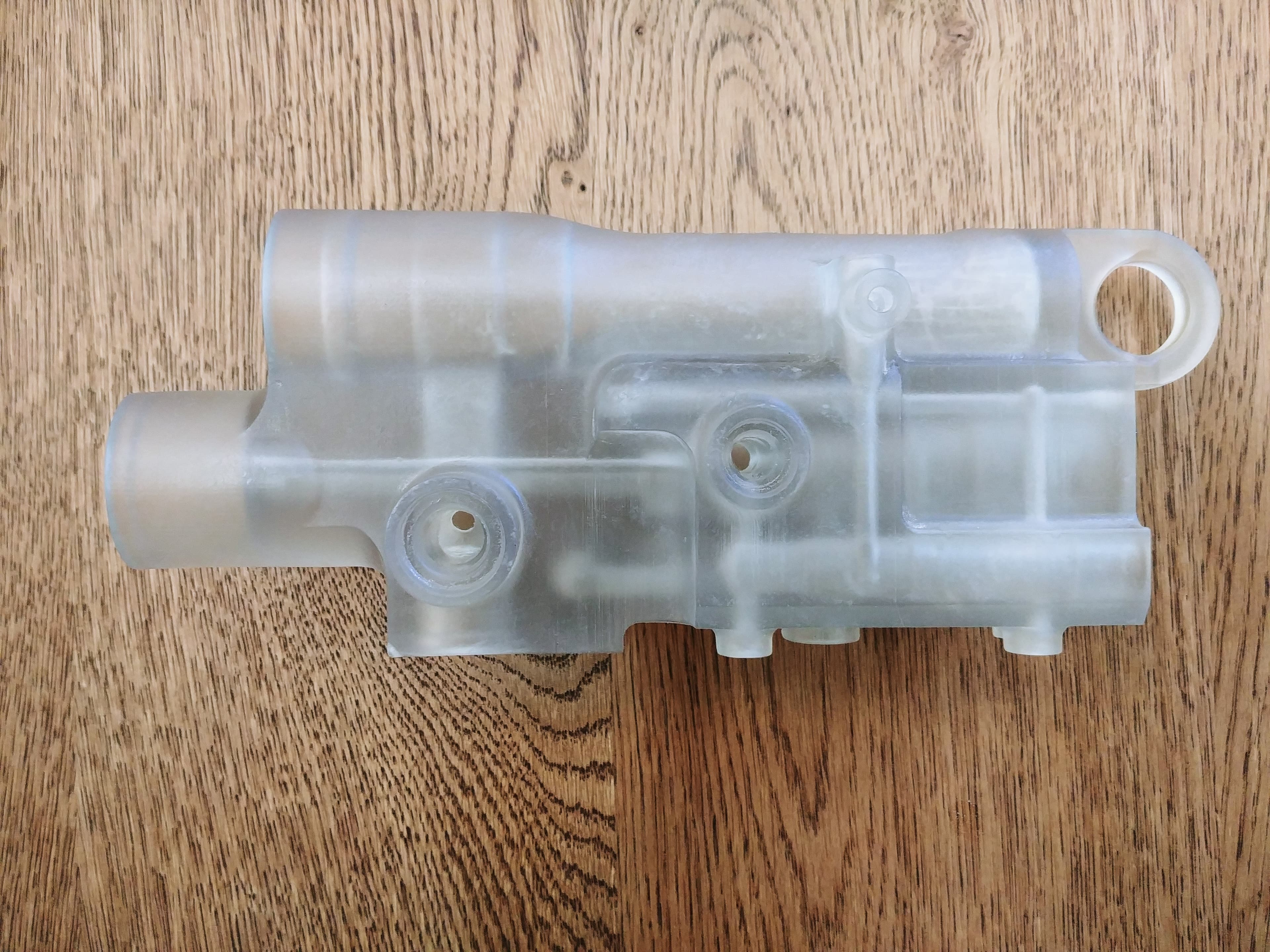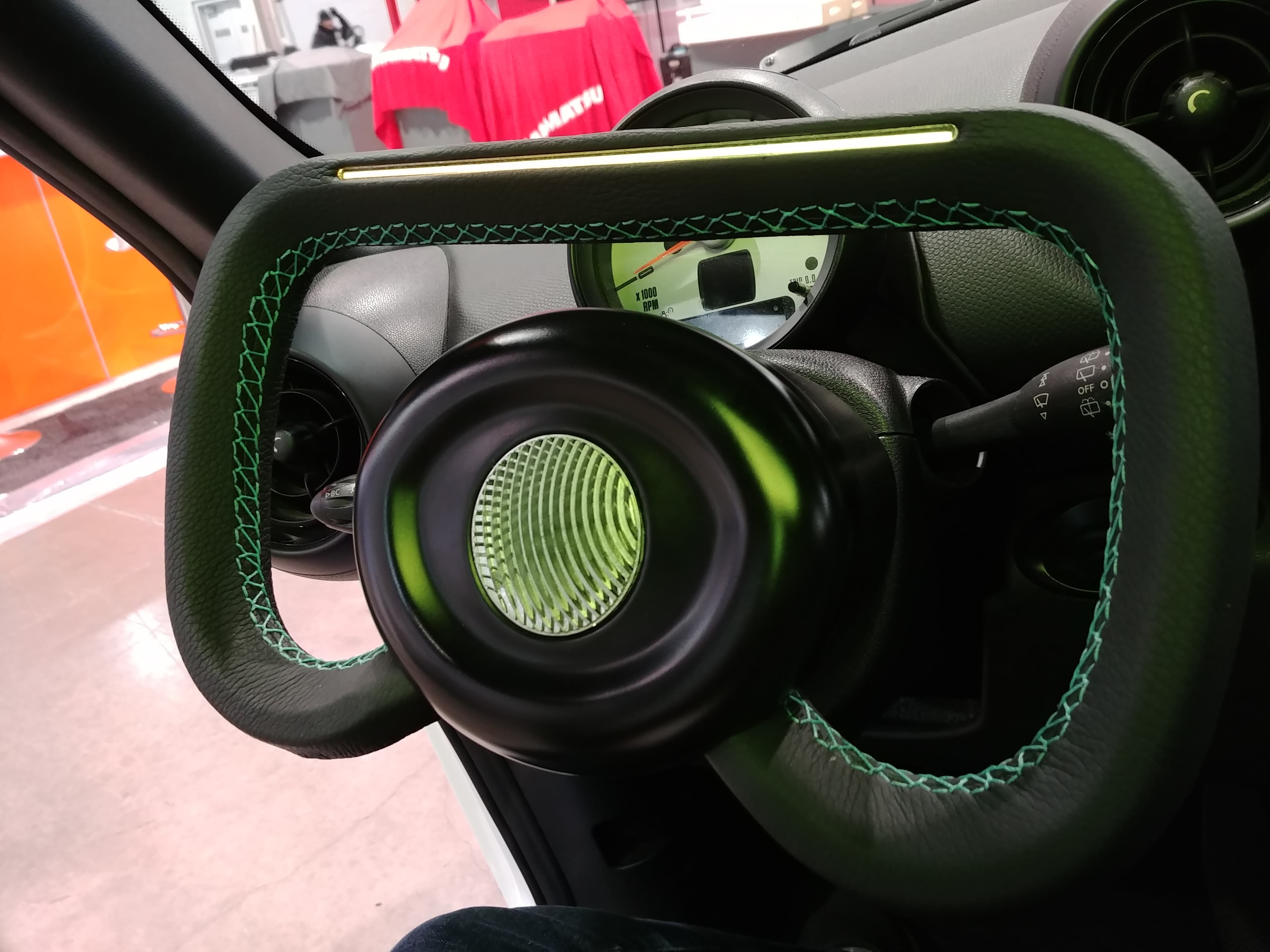Selected Work


Virtual Reality with Additive Manufacturing
May 2024
- additive manufacturing
- design for additive manufacturing
- virtual reality
- 3D printing simulation
- training and education
These products were developed throughout my Ph.D. research to investigate the role of virtual reality in additive manufacturing applications. Acquiring hands-on experience with 3D printers and the additive manufacturing (AM) process is essential for engineers and designers to develop the skills necessary to design for AM (DfAM). However, the cost and accessibility of such experiences can be a barrier to entry for many students and professionals. To solve this problem, I developed interactive and immersive VR applications to replicate working with 3D printers and simulated the AM process. Research with these tools established a new paradigm for DfAM and AM process training for the next generation of engineers and designers.

A15 Bracket Generative Design
January 2024
- generative design
- design for additive manufacturing
- autodesk fusion
Produced a design of the NASA Excite mission's A15 bracket using Autodesk Fusion and validated it using FEA under NASA's mission requirements. The challenge was to identify the best design that could withstand 10g vertical loads and 3g lateral loads while being optimized for maximum stiffness and weighing less than 0.2 kg. The solutions were identified for three materials: aluminum, titanium, and PEKK. The best solution for each weighed roughly 0.2 kg, met NASA's 1st mode frequency requirement (i.e., 100 Hz), and yielded local and global displacements below 0.05 mm. The presented solutions demonstrate my expertise in conducting generative design studies, interpreting their outcomes, and improving or validating the solutions using FEA.
nTop Case Studies: Design Optimization
January 2020
- lightweighting
- field-driven geometry
- heterogeneous lattice distribution
- customization
- topology optimization
- nTop
A series of benchmarks of nTop's capabilities for topology and stress (or field) driven optimization. The ULA bracket, made of ULTEM 9085, was optimized for weight and stress distribution. Total weight was reduced by 81% (from 374.4g to 69.5g) while ensuring that the maximum stress on the part was below 4500 PSI. nTop was also used to create a custom shoe sole, optimized for weight and stress distribution of a user's kinanthropometric stress map. The solution achieved utilized a heterogeneous lattice distribution, designed for additive manufacturing with TPU.









My Cool Parts Showcase
June 2019
- jewelry and accessories
- dental
- fixtures and tooling
- moulds
- circuit boards
- prototypes
This is a showcase of the diversity of additive manufacturing processes and materials I have worked with to successfully produce parts for a variety of applications and client needs. My experience includes working with a wide range of materials, including metals (conductive and non-conductive), ceramics, and polymers, with powder bed fusion, vat photopolymerization, material jetting, and material extrusion processes.


Additively Manufactured Steering Wheel
October 2018
- automotive
- industrial design
- design for additive manufacturing
- new product development
Techniplas partnered with XponentialWorks to showcase their cognitive lighting and additive manufacturing capabilities. They aimed to redesign a traditional automotive product. However, Techniplas had limited in-house additive manufacturing expertise at the time. As an expert in design for additive manufacturing at XponentialWorks, I led the design and development of this showcase product. Bring Techniplas' vision to life involved leveraging generative design, conformal internal routing channels, and embedded electronics and components. The products were showcased at Formnext'18 and CES'19 and demonstrated to potential clients Techniplas' leading capabilities in additive manufacturing and lighting.


HP Chill Puck
June 2017
- research and development
- control systems
- internet of things
- electromechanical systems
Hewlett Packard was investigating the transition from volatile organic inks to water-based inks to reduce the cost of printing large-scale media. However, inkjet printing of water-based inks leads to crusting, causing the printhead to malfunction. HP needed a device to study ink crusting behavior to improve product decision-making and mitigation strategies for their inkjet printing solutions. The apparatus needed to maintain a consistent surface contact temperature of 30°C in a 5 m/s heated airflow (60-80°C) while operating under extreme cycles (> 4 hours). I designed and built the electromechanical system and PD controller that regulated the temperature of the device with high precision. My Android app also enabled the wireless operation of the system and data collection.


